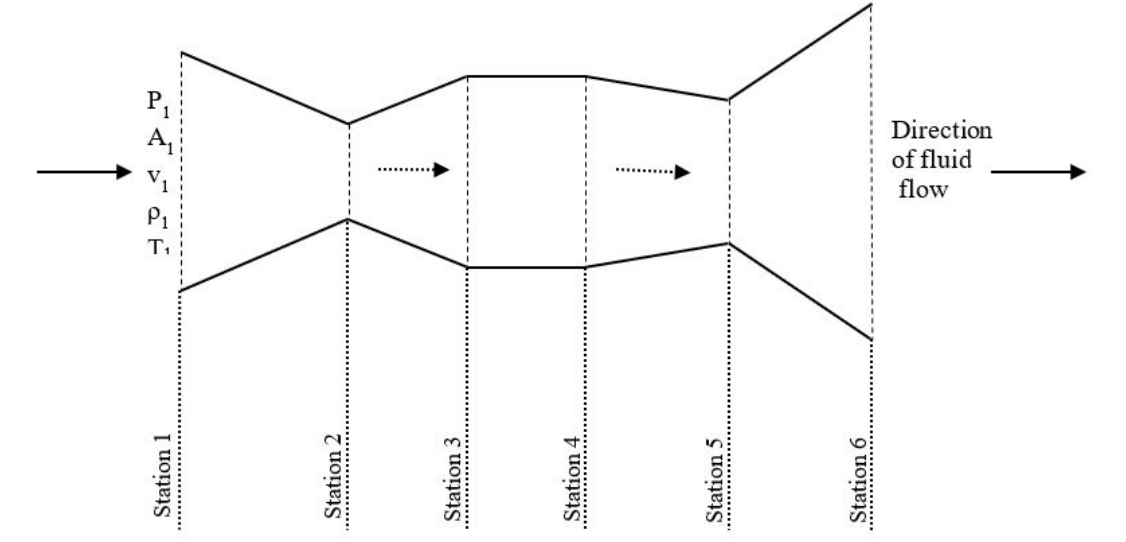Modeling of Jet Propulsion System
Link to Report
In this project I have developed a physical model of jet engine from first principles to formulate jet propulsion concepts and performance parameters, with the engine geometry as center of interest and not the fluid exchanged as in the conventional approach. The engine thrust is re-defined as the surface integral of pressure forces exerted by the fluid on the surface of the jet engine. Similarly the propulsive efficiency is re-defined as the efficiency with which the pressure forces are utilized for the generation of forward thrust. The model developed exhibits that an engine which can make maximum possible use of fluid pressure profile for thrust would have the highest possible propulsive efficiency. The results indicate that net thrust and redefined propulsive efficiency depend on the engine geometry, inlet velocity and combustion exit temperature.
I provide a detailed analysis for two models of combustor, isobaric combustion and variable pressure combustion. This model can be extended to ramjet and scramjet engines such that efficient use of pressure profile is made to achieve higher values of net thrust. I have programmed a methodology to obtain optimal combustion inlet Mach number and temperature for generating maximum thrust in a ramjet for any given flight conditions. Application of this model to obtain net positive thrust are also presented.
